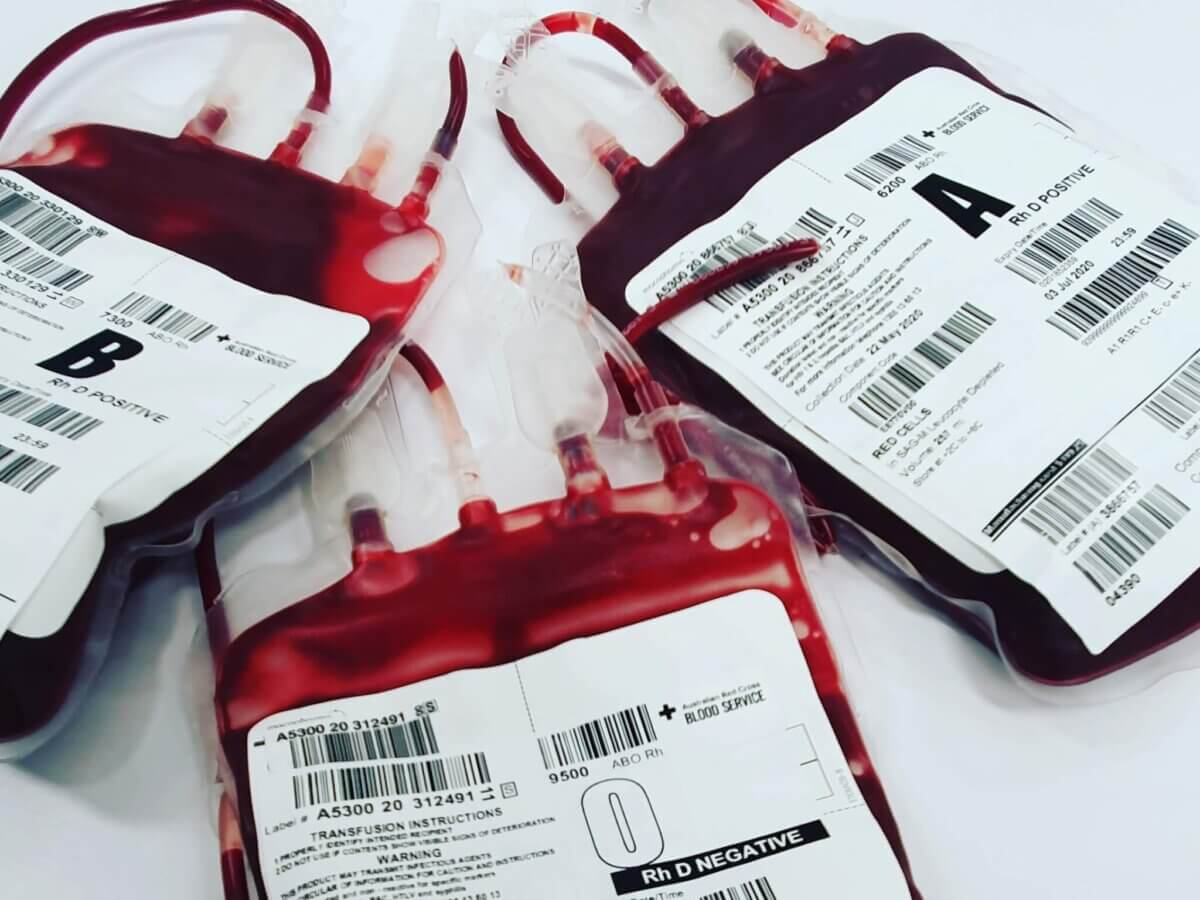NEW ORLEANS — An ingredient commonly found in perfumes could potentially prevent gunshot victims from bleeding to death, according to researchers. Their study finds the compound, known as dimethyl malonate, could circumvent a condition that hinders blood clotting during blood transfusions for trauma patients. Currently, medical professionals estimate the survival rate from severe blood loss due to traumatic injuries, such as gunshot wounds, to be roughly 50 percent.
Survival hinges on two critical actions: a substantial infusion of blood and coagulation (when liquids become solid or semi-solid) at the wound site to halt bleeding. However, these solutions counteract each other, as administering a large volume of blood to patients experiencing hemorrhaging can inhibit the blood’s ability to clot, a condition known as coagulopathy.
Researchers at Tulane University have now identified the cause of coagulopathy in trauma victims receiving a blood transfusion. They also found that dimethyl malonate, a synthetic compound frequently used in perfume production, might counteract coagulopathy during severe hemorrhages.
“Coagulopathy of trauma is a major contributor to mortality, but no treatment has shown to be fully effective,” says study corresponding author and Ph.D. assistant professor of surgery at Tulane University School of Medicine, Dr. Olan Jackson-Weaver, in a media release. “We were getting 60 percent mortality with our animal model. With dimethyl malonate, we got zero percent mortality, and the coagulopathy completely went away.”

Trauma, often resulting from gun violence, is a leading cause of death in the United States, especially among children and young adults. Recent studies suggest that coagulopathy during extensive hemorrhage treatment is likely due to the shedding of the glycocalyx, a protective sugar barrier surrounding cells.
The team clarified that within blood vessels, the glycocalyx lines the vessel walls, preventing blood from clotting. This new research is the first to pinpoint the cellular events triggering the dismantling of the glycocalyx.
During severe blood loss, cells lack the oxygen necessary to metabolize succinate, an essential component of the cell’s energy production cycle. This causes an accumulation of unmetabolized succinate. When a large volume of blood is administered to a trauma patient, the succinate is metabolized too rapidly, altering the structure of the plasma membrane lipids. This process exposes the glycocalyx, allowing it to be broken down by enzymes and its remnants to enter the bloodstream, where they prevent clotting.
“People have been trying to figure out ways to move the needle a little bit on the death rate from massive hemorrhage for the last 20 or so years and nothing has really worked. We’re hopeful that understanding these cellular-level events can help to develop something that actually does make a big difference,” explains Dr. Jackson-Weaver.
In animal models, dimethyl malonate proved effective in inhibiting excessive cellular metabolism, which stopped the glycocalyx from shedding and causing coagulopathy. However, the author emphasized that more research is necessary to determine whether dimethyl malonate is safe for human use or if a similar drug targeting cellular metabolism can be created.
“We’ve established this pathway that causes coagulopathy, so if we can target it therapeutically with a pre-hospital drug or injection, we can hopefully save some lives,” concludes Dr. Jackson-Weaver.
The study is published in the journal Science Advances.
U.S. gun deaths and suicides reaching ‘unprecedented levels’
According to research from the end of 2022, firearm-related violence and suicides have increased notably since the COVID-19 pandemic. However, a team at Emory University also documented that gun violence in America has reached “unprecedented levels” over the last three decades.
Using multiple datasets provided by the Centers for Disease Control and Prevention, study authors calculated the national number of firearm deaths and firearm fatality rates per 100,000 people per year from 1990 all the way to 2021. A total of 1,110,421 firearm fatalities occurred in the United States during that time period. Notably, gun fatalities began a steady annual increase starting in 2005, but that upward trajectory accelerated mightily in recent years, including a 20-percent jump between 2019 and 2021.
According to Johns Hopkins Medicine, gunshot victims are roughly five times more likely to need a blood transfusion. These trauma victims also require 10 times more blood units and are 14 times more likely to die in comparison to people seriously injured in motor vehicle accidents, non-gun assaults, falls, or stabbings.
South West News Service writer Stephen Beech contributed to this report.


I work in the Federal Security industry. Let me tell you that if you do NOT have these items in your glove box, RIGHT NOW go & buy these items online & put them in your glove box!
-Quick Clot combat gauze bandages (get the bigger size 4 yards!)
-North American Rescue tourniquet
These 2 items will stop heavy bleeding. The tourniquet is counterfeited EVERYWHERE on Amazon etc! ONLY buy from the North American Rescue website! The fake tourniquets are known to break when tightening! Quick Clot isn’t faked as far as I know.
These items can save a loved one, your life, or the life of a complete stranger. Both items will cost you about $50 bucks.
Keep a set of these in each of your vehicles! I keep a set in mine & on my person.
Bonus: buy an Israeli bandage
These go on top of the Quick Clot bandages & are super easy to tie up. You can get away with not having one g just using the Quick Clot bandages, but after you look up how easy they are to use & see what they do, you’ll buy one. $10 bucks roughly.
$60 bucks to save you, a loved one, or a stranger. DO IT!